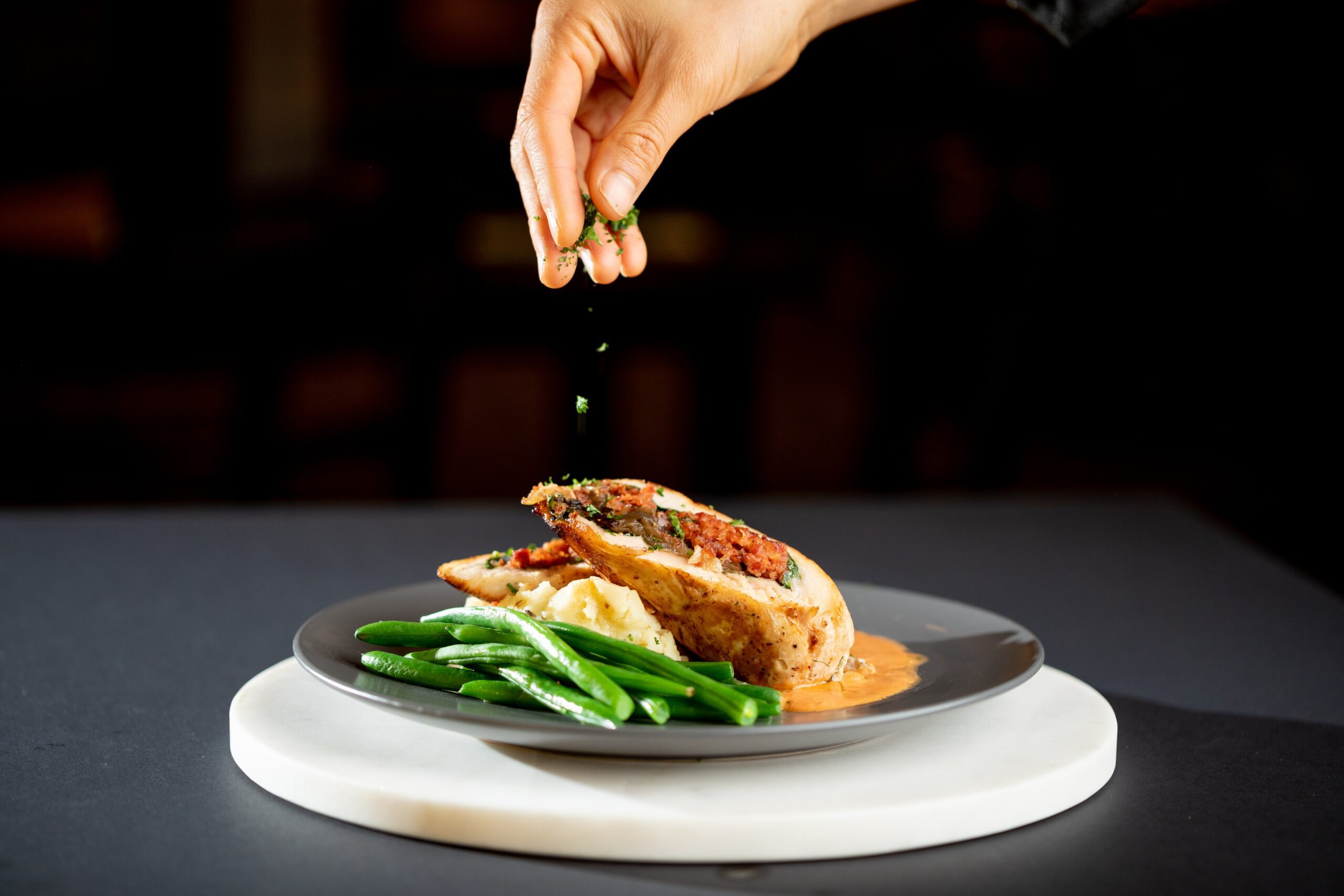Embark with us on a thrilling expedition as we trace the intricate skein that is the world’s multitude of cuisines. This intoxicating journey embraces not merely the gastronomical delights that each geographical alcove has to offer, but also the profound history, geography, and culture embellishing these recipes. Our odyssey takes an enlightening course, from uncovering distinctive global cuisines that provoke the palate, to exposing the cooking techniques that flatter the senses. With a palate unafraid of adventuring into the unknown, we soar into daring culinary landscapes to savor unusual global dishes. A voyage that transcends beyond standalone meals to cultural symbolism; food in its most primal form – a holder of narratives, personifying communities, and perpetuating traditions. Join us as we discover, learn, and embrace the gastronomical world in all its vibrant diversity.
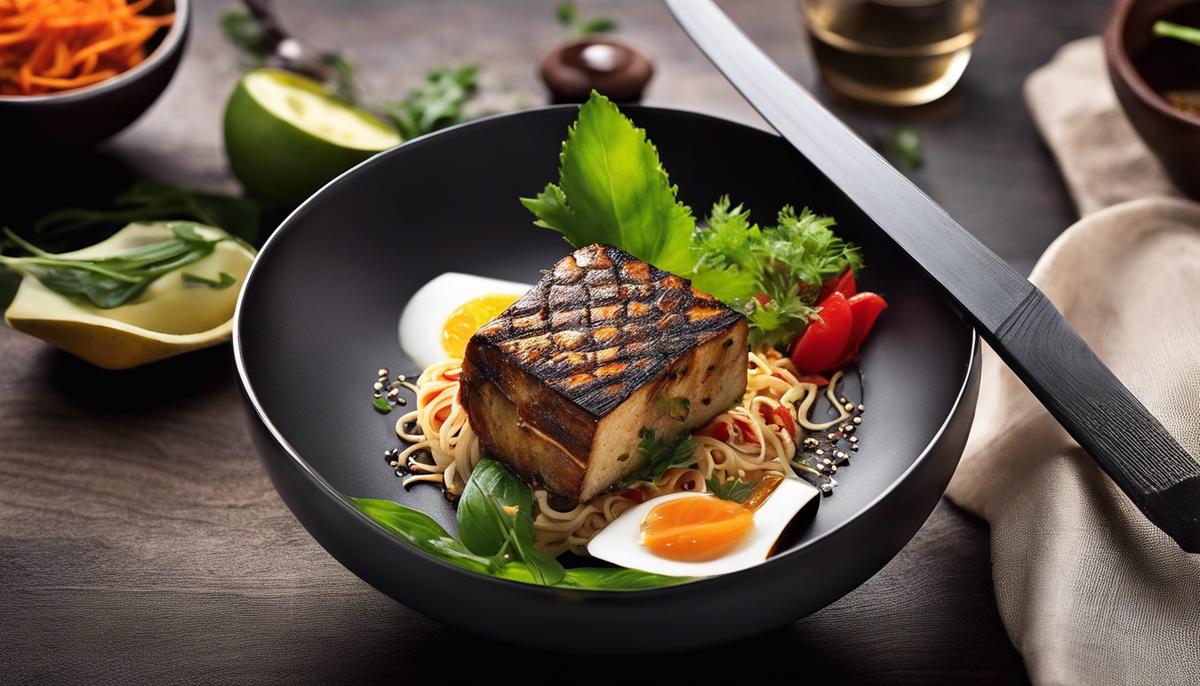
Discovering unique global cuisines
A Global Culinary Journey: Cultural Expression Through Cooking Styles and Ingredients
Understanding a culture can often begin with a taste of its traditional food. Recipes carefully crafted and perfected over generations tell stories that offer insights into a culture’s history, values, and spirit. By visiting different parts of the world through the tempting lens of their food, we can celebrate the diversity and unity that are inherent within the gastronomic sphere. So, buckle up for a culinary exploration of how various cultures express themselves through their distinctive cooking styles and ingredients.
Starting in Italy, you’ll find a cuisine rooted in the notion of “la dolce vita,” celebrating life’s simple pleasures. Italian cuisine prioritizes fresh, local ingredients, from ripe tomatoes to fragrant basil, creating a harmony of flavors. Simple yet elaborate, Italian cooking embodies the passion and pride its people possess for their rich cultural heritage.
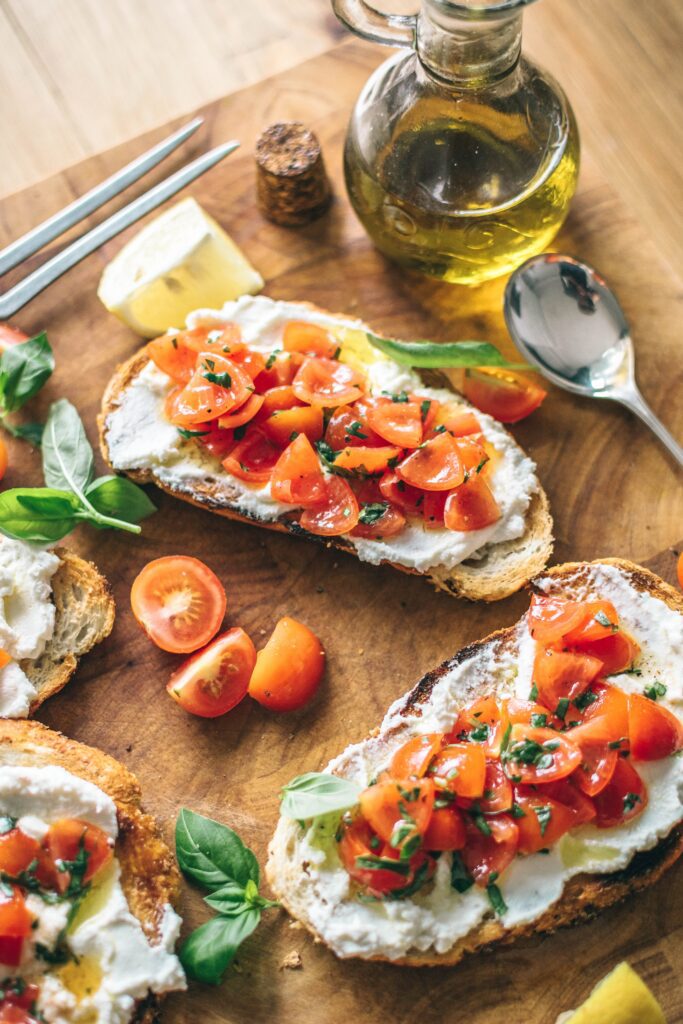
Crossing the Mediterranean, Middle Eastern cuisine warmly greets us with its abundance of enticing aromas and intriguing flavors. Middle Eastern dishes are renowned for their liberal use of spices such as za’atar, sumac, and cumin, providing a sensory explosion with every bite. The communal style of eating, like sharing a mezze, complements social traditions and stresses the importance of community.
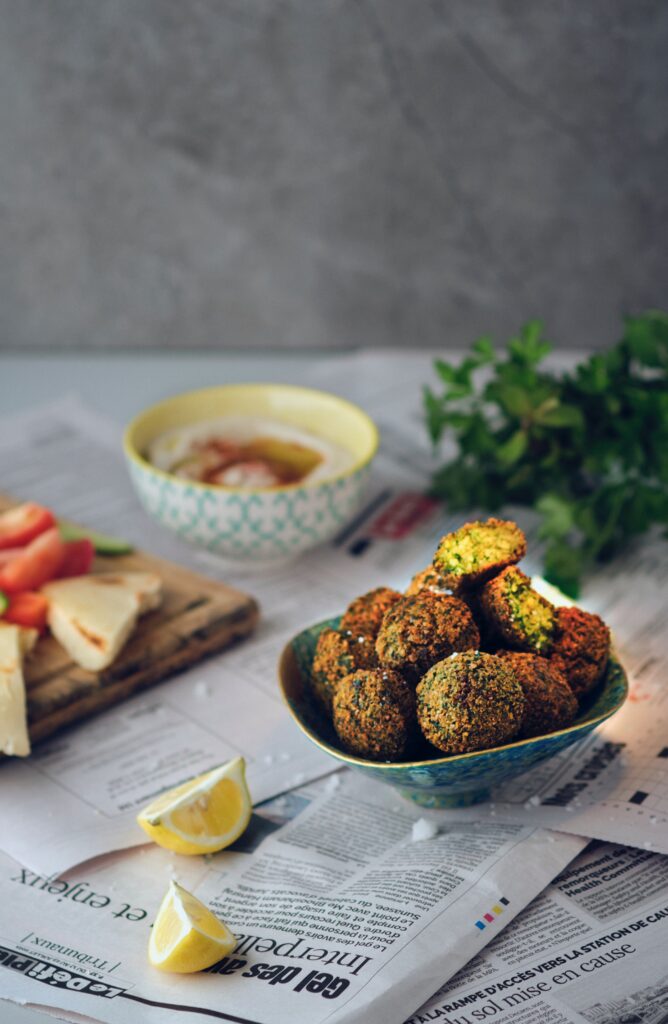
Take a leap to the land of spices, India, where the intricate layers of flavors are tantalizingly diverse. The distinct regional cooking styles reflect the country’s diverse ethnic and cultural fabric. Geographical influence strongly shapes India’s culinary scene, from coastal seafood delicacies to aromatic biryanis of the north. The food here is a testament to the country’s unyielding spirit of unity in diversity.
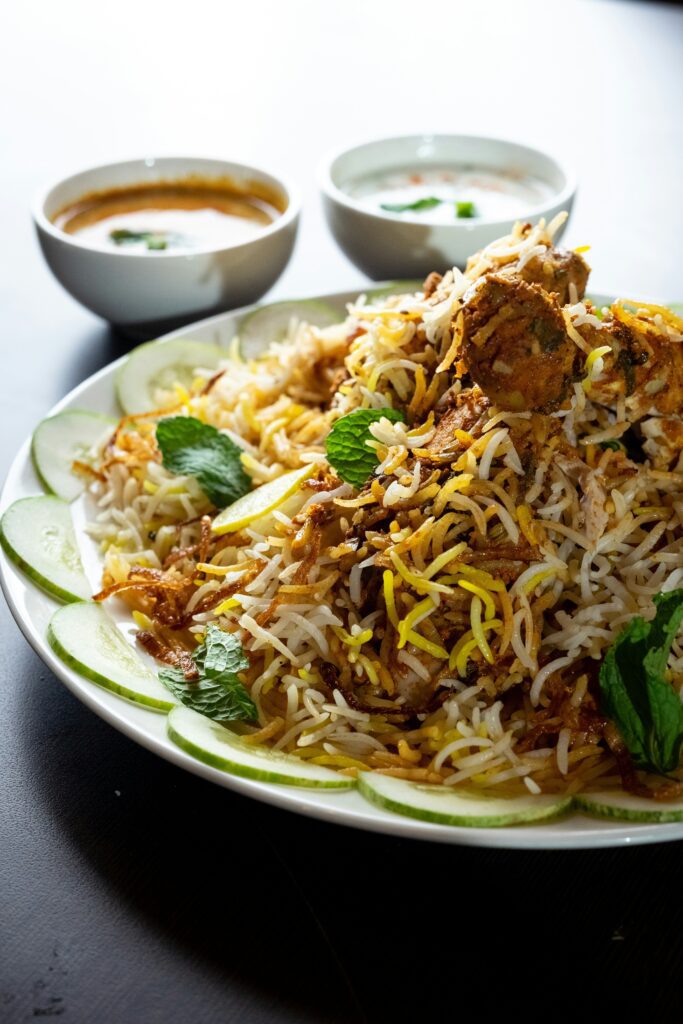
In Japan, the delicate refinement of the cuisine mirrors its culture’s emphasis on balance and respect for nature. The Japanese philosophy of “shun” — eating food in its freshest and most seasonal form is evident in sushi and sashimi dishes. Their minimalist approach to presentation reflects Zen influences, stressing simplicity and naturalness.

Exploring Africa, particularly Ethiopia, there’s a potent expression of its vibrant culture and community spirit in every shared plate. Staple ingredients like teff, used in injera, and berbere spice mix, reflect a deep-rooted culinary tradition. The communal style of eating from a single plate, while sharing stories and laughter, reinforces the strength of unity and togetherness in the culture.

Traveling to Mexico, the bold and hearty flavors of the cuisine are as lively as their festivals. Mexican cuisine, with its Aztec and Mayan heritage, features ingredients like corn, chili peppers, and beans, resulting in rich, textured dishes like mole and tamales. The vibrant, diverse flavors mirror the thriving indigenous cultures that exist in Mexico.
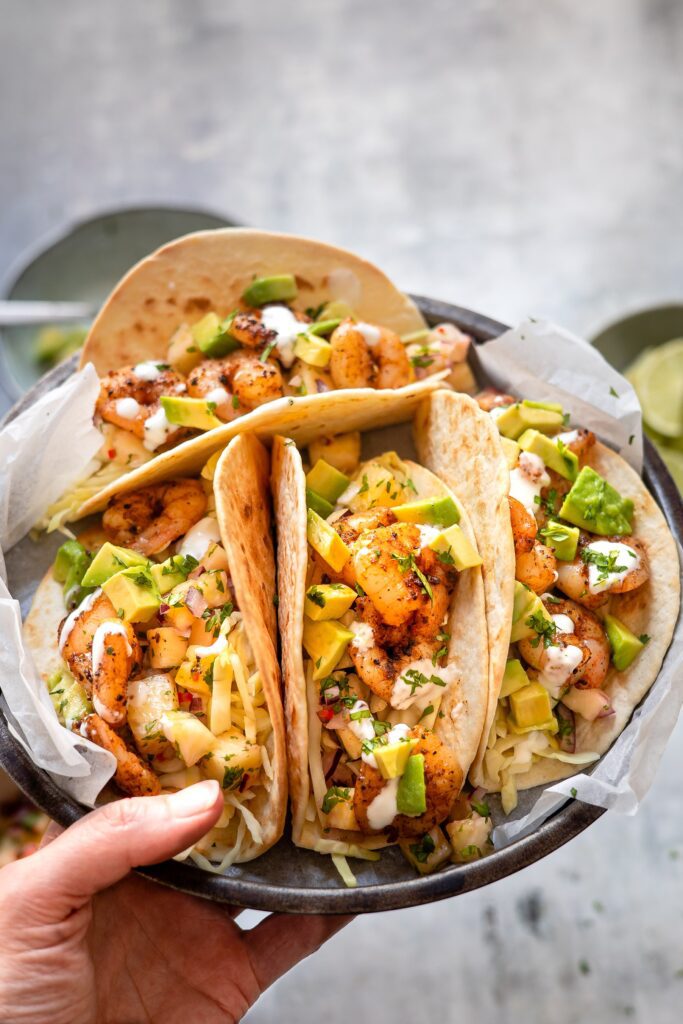
Finally, venturing into France, culinary finesse shines through traditional French cuisine, highlighting its cultural penchant for artistry and elegance. The classic coq au vin or a delicate soufflé is a testament to their emphasis on technique and quality ingredients.

In this culinary voyage around the globe, we witness how food functions as a universal language. Each country’s distinct cuisine, rich with unique cooking styles and ingredients, provides a snapshot of its culture, history, and values. In essence, every dish is a footprint left by generations, a narrative waiting to be steeped and savored, and a resilient embodiment of our shared human experience. So, be daring and take the first bite into a new culture – after all, tasting is believing!
The foodie’s guide to culinary techniques worldwide
The Exceptional Techniques and Styles Carving the Culinary World
In the kaleidoscopic world of culinary arts, every nation’s cuisine bears a unique identity: a symphony of ingredients, techniques, and traditions that express their cultural ethos. Exploring these kitchens from a global perspective allows us to appreciate their rich complexities, and just how each technique contributes to the gastronomic tapestry of delicacies. Let’s dive into the extraordinary cooking styles and techniques anchoring some of the world’s most esteemed cuisines, distinct from those we’ve previously discussed.
Starting off our list is Thailand, the home of layering flavors. While Thai cuisine is known for its spicy, sweet, and tangy depths, it is their distinctive stir-frying method that adds an extra punch to their dishes. Rapid cooking on high heat locks in the flavors without overcooking the ingredients, ensuring each bite is as tasty as it is healthy. The sight of flaming woks tossing noodles and sauces creates a carnival of colors, enhancing the overall aesthetic appeal of the dishes.
Next up is Spain, where the slow and low technique of roasting meats gradually uncovers a symphony of flavors. Their pork dishes, particularly cochinillo asado, are a testament to their time-honored methods. A few hours in a wood-fired oven results in incredibly succulent meat, with a crispy, golden-brown crust that’s visually pleasing and a joy to devour.
The marvel of Moroccan cuisine lies heavily in the prolonged process of stewing or braising in a tagine, a cone-shaped earthenware pot. This cooking process produces hearty stews carefully juxtaposing sweet and savory profiles, vibrant colors, and distinctive textures. The steam generated within the tagine circulates the flavors, cleverly encapsulating the essence of each ingredient for a final dish that’s aromatic, rich, and beautifully presented.
Swinging over to the Americas, we find the Argentinian culture rich in barbecuing traditions. The quintessential asado, or barbecue, features a variety of meats slow-grilled over open flames. The process infuses the cuts with the smoky essence of burning embers, creating a caramelized exterior that’s aesthetically and gustatorily superb.
Lastly, Korean cuisine offers a wealth of fermented pickled delights. Kimchi, arguably their most recognized dish, plays a crucial part in influencing flavor and aroma. The fermenting process yields a lactic acid that enhances the food’s overall taste while offering a vibrant color and presentation, enriching the culinary landscape.
Undoubtedly, intriguing cooking techniques and styles from around the globe play an integral part in shaping food’s flavor, appearance, and evolution. By exploring and incorporating these varied elements into our own kitchens, we can broaden our culinary horizons, tantalize our palates, and connect with diverse cultures through the universal language of food. Fall in love with the process, and the results – a soulful plate of edible art – will follow.

Adventurous eating: trying unusual global dishes
As we continue our global tour of mouth-watering cuisines, let’s dive into some really captivating culinary classics that spark the taste buds, jab the senses, and tell astonishing stories about their local communities. Included in the roster are cuisines from various nooks of Brazil, Iceland, Scotland, South Africa, and China – none of which has escaped the adventurous palate of an insatiable food lover and a proficient chef. So let’s journey off the beaten path where the unusual becomes the intriguing norm.
Coming from the vibrant shores of Brazil, we find a centuries-old local dish named Acarajé. Reminiscent of the edible mementos of African heritage, Acarajé is a delightful deep-fried ball of dough made from black-eyed peas, aptly stuffed with vatapá (a paste made from bread, shrimp, coconut milk, and palm oil). It’s a taste of the streets, whispering stories of Bahia where the dish is most popular.
Who could think that a nation surrounded by sub-zero temperatures could have one of the most endearing local specialties? Icelandic Hakarl, fermented shark meat, may raise an eyebrow for some. This bold dish leaves a lingering taste and a sense of accomplishment – it’s not every day you get to devour food buried underground for months and hung to dry for even longer. An acquired taste, indeed, but definitely one for the foodie bucket list!
Scotland may be well known for its history and scenery, but the nation’s food culture is an adventure all of its own – the intriguing world of Haggis. Haggis is a savory pudding containing sheep’s pluck (heart, liver, and lungs) minced with onion, oatmeal, suet, and a dash of spices. A delicacy dating back centuries. It reflects not just a Medieval tradition but characterizes a resourceful community valuing every bit of the beast!
A mince of flavors and influences, Bunny Chow is South Africa’s street food superstar. It’s a hollow bread loaf filled with spicy curry, a marriage of Indian-influenced cuisine and Durban street food culture. It’s simple yet innovative, a testament to the country’s melting pot of cultures.
On a similar note but far from the Serengeti grasslands is China’s Century Egg, also known as Pidan. This peculiar dish is made by preserving duck, chicken, or quail eggs in a mixture of clay, ash, salt, quicklime, and rice hulls for several weeks to months. The end product has a jelly-like consistency and a strong, sulfur aroma. Its lush umami flavor, however, shows the endurance of tradition in even the most unlikely of specialties.
Each dish is its own vibrant story echoing its own place, people, and tradition – each bite is an invitation to explore the next. As we move from one area to another, from one palate to another, food keeps its place as a bridge amongst nations, cultures, and hearts – our universal language. So let’s keep eating, exploring, and experiencing this astonishing thing we call food!
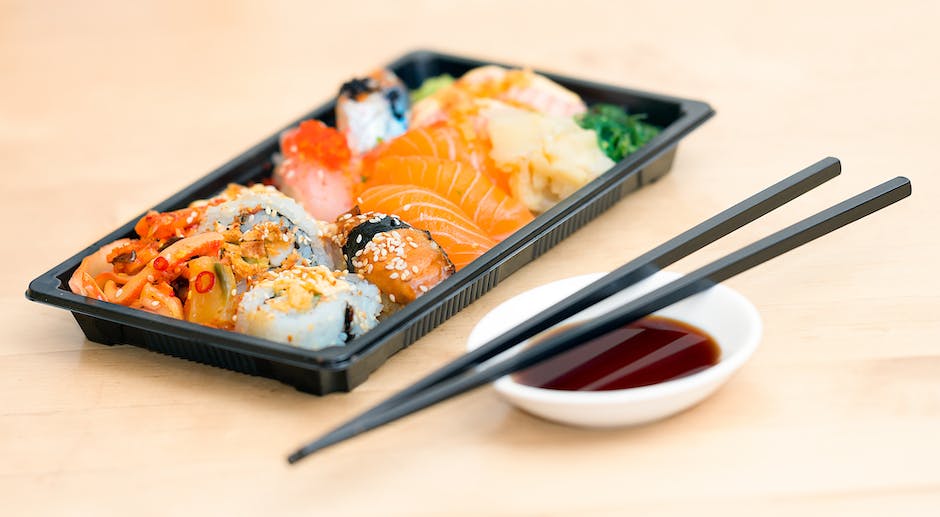
Embracing the tradition: food as the carrier of culture
Venturing across the four corners of the United States, one will not only find a medley of landscapes but an abundance of flavors encapsulating the multi-faceted characteristics of American culture. The beautiful harmony of food and culture rings true in New England, where clam chowder and seafood stew continue to bind locals and tourists alike with sentiments of warmth and resilience reflective of its rugged coastal history.
Heading down south, thrive the deep roots of traditional comfort foods. Deep-fried chicken, chitterlings, and robust barbecues preserve the story of resilience, community, and identity of African-American culture. Reminiscent of the stories related to slavery and segregation, the hearty meals are as complex as the history it holds.
Veer slightly west, and you’ll land in the Tex-Mex culinary scene – a vibrant fusion of Mexican and Southern American cultures, delightfully captured in a bowl of chili or a crispy taco. This culinary trend cleverly integrates Mexican ingredients with American comfort food aesthetics, subtly telling a tale of migration, integration, and shared identities.
On the West Coast, Californian cuisine reflects the Golden State’s strong emphasis on fresh, organically grown produce. Diversity thrives, with influences from Latin America to Asia, painting a palate of the United States’ melting pot of cultures.
Meanwhile, the less-known, but intriguing Hawaiian cuisine brings to light the narrative of this Pacific paradise. Think Poi, a Hawaiian staple derived from taro root, or a traditional Luau, complete with kalua pork cooked in an underground oven, both showcasing the islands’ Polynesian roots and respect for the ‘aina (land) and the delicious bounties it provides.
Underscoring the flavors of these different cuisines are the tales of perseverance, the importance of community, and the promotion of sustainability. On the flip side, they also hold stories of economic struggles, such as the derivation of Soul Food from the scarcity of resources during slavery or the affordability of fast food resulting in the obesity epidemic.
The United States is, as they say, a melting pot of cultures, and this diversity is profoundly reflected in its cuisines. More than just nourishment, food serves as an essential link to history, helping people understand their past and giving them a sense of belonging. This appreciation further underscores the importance of preserving traditional cooking methods and the regional uniqueness they provide.
So, next time you sit down to savor a good meal, take a moment to ponder the journey that each dish has undertaken. Contemplate not just the culinary skills poured into each morsel, but also the cultural and historical connotations it carries, connecting the joy of eating to an appreciation of the diverse world around us.
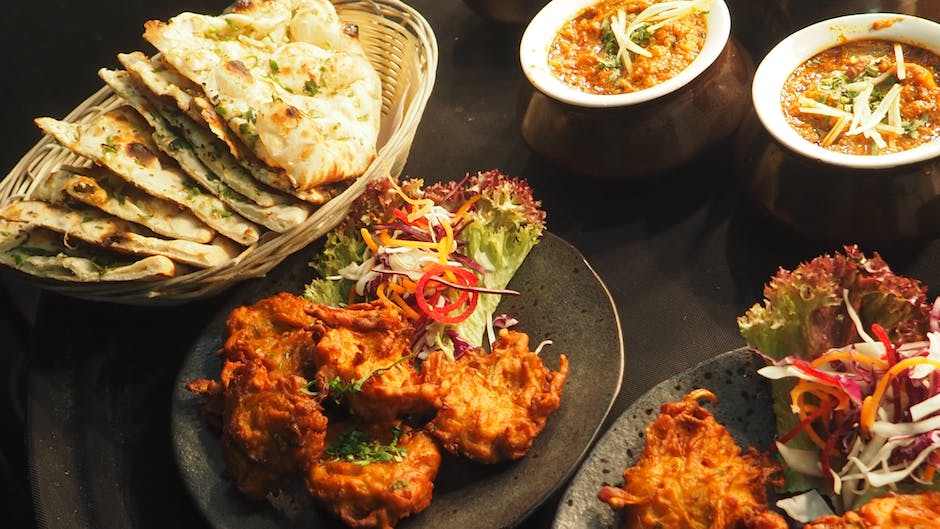
The gastronomical journey, strewn with robust flavors, unique techniques, and daring exploits, traces a path back to the heart of it — food as the heart of culture. A plate we consume is not only a concocted mix of ingredients; it is a piece of history, a celebration of culture, and a testament to the miles traveled and the hands laboring. In its profound simplicity lies its avowal, incessantly reminding us of our shared human experience through each bite. Undeniably, food stands as a universal language transcending geographical borders and linguistic barriers, inspiring connections, encouraging exploration, and cultivating a broader appreciation for the divergence and, simultaneously, the unity that we exist within. Thus, as we halt this culinary voyage, we are left with a satiated appetite and a palate refined by the stories and cultures tasted within each morsel.

Hi, I’m Nathan Cross, a writer and avid reader who loves crafting articles for newspapers and online platforms. Words are my passion, whether I’m telling stories, sharing insights, or sparking conversations. When I’m not writing, you’ll find me lost in a book or out on the baseball field, enjoying the game that keeps me grounded. Writing, reading, and baseball—these are the things that define me.

